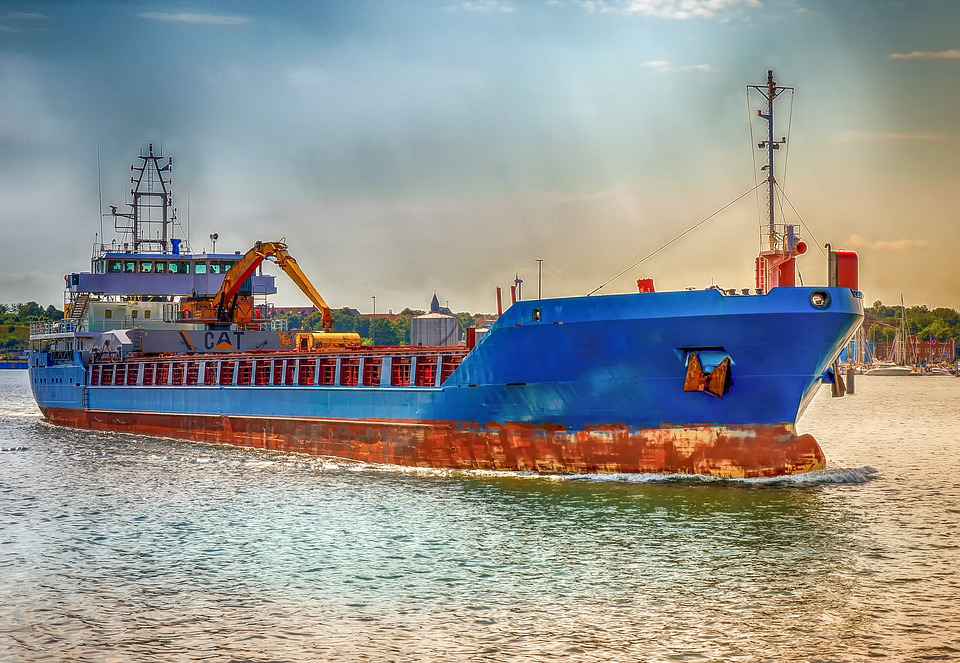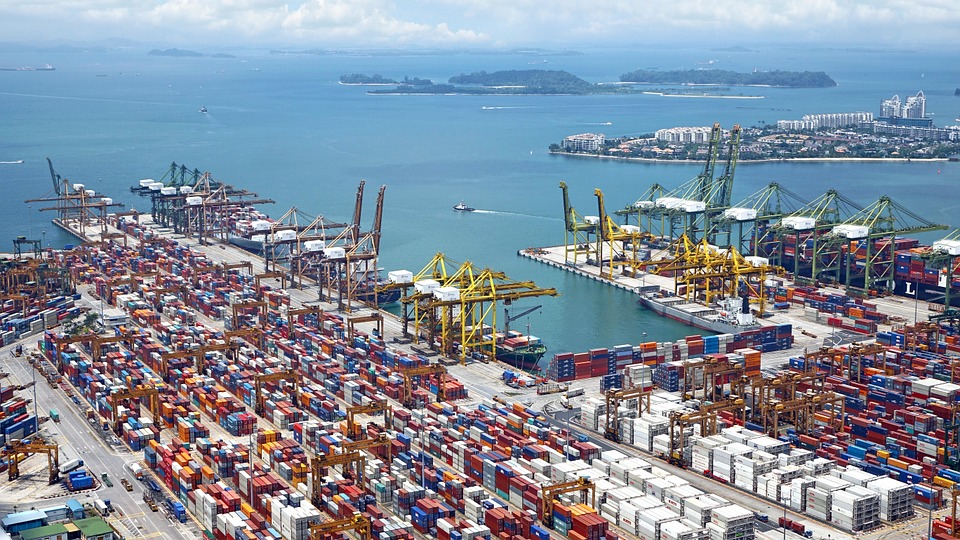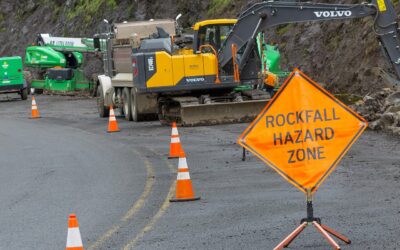Strange as it might seem, the threat of administration-imposed tariffs has not slowed investment in America’s ports. The extremely large megaships are coming through the Suez Canal headed to America and U.S. ports will be ready. Most are already engaged in making upgrades, performing maintenance, expanding to facilitate the larger ships and constructing new storage facilities. Many have already deepened shipping channels, built new locks and invested in larger cranes and other facilities. This is all happening because the new and larger neo-Panamax ships can transport 10,000 or more containers.
The improvements to harbors and terminals mark an ongoing growth in port infrastructure. The impact on local and regional economies is huge – representing billions of dollars and thousands of new jobs created.
A recent study reports that the Great Lakes Ports in Wisconsin have a $1.4 billion economic impact in the state, while employing more than 7,400 workers. And in Louisiana, one in every five jobs is tied to the state’s ports.
In Alabama, the State Port Authority is a major driver of the state economy, representing a $22.4 billion economic impact. There are plans now to enlarge the port’s Mobile Ship Channel at a cost of $388 million. Port Authority officials will make the channel deeper and wider to accommodate larger ships.
The Port of Houston, the largest container port on the U.S. Gulf of Mexico, is a prime example of how growth has impacted expansion. The port recently received eight new ship-to-shore cranes as part of $100 million in investments at its Bayport Container Terminal. A $49 million contract was also awarded recently for construction at a container yard that will add 50 more acres of storage.

The Port of Wilmington in North Carolina is one of the most recent American ports to explore deepening of its shipping channel. The North Carolina State Ports Authority recently announced a $6 million feasibility study to see what will be required to attract even more large ships. In spite of a record year for container traffic, Wilmington wants to be extremely competitive with other ports.
Plans are also ongoing to deepen the Mississippi River Ship Channel from its current 45 feet to a depth of 50 feet. The deepening project would benefit several other ports along the route as well. Together, the ports in this region collectively move more than 500 million tons of cargo.
Many port projects are recognized as public- private partnership (P3) engagements. The Port of Los Angeles is currently seeking a private developer to renovate the San Pedro industrial waterfront area into a social setting with dining, shopping and entertainment. The port is currently involved in a similar project through a P3 – redeveloping a 40-acre retail strip.

An RFP will soon be issued by the Port of Camas-Washougal in Washington for a developer for another P3 project. After a recent purchase, the port now owns more than 30 acres of land and wants to find a developer partner to develop the site. Some suggestions for the property include a cultural/conference center, shopping, restaurants and office space.
Trade is critical to American prosperity. Growth in the nation’s ports is key to ensuring that commerce continues to grow and more jobs are created. The recent construction and development activity at America’s ports represents the health and strong future of the industry.
SPI’s government market research shortens sales cycles and allows your sales team to focus on what they do best…selling. Learn more about their capabilities by contacting them today.






